Plants that absorb moisture
The best plants that absorb moisture
Indoor humidity is a common problem that can affect air quality and the health of those who live in those spaces. To combat this problem naturally, an effective solution is to incorporate moisture-absorbing plants into your home . In this article, we'll introduce you to the best moisture-absorbing houseplants, both for general interiors and bathrooms, along with care and decorating tips.
Why is it important to control indoor humidity?
Excessive indoor humidity can lead to the growth of mold and mildew, trigger allergies and respiratory problems, and damage the structure of buildings. Maintaining adequate humidity levels is essential to ensuring a healthy and comfortable home environment .
Indoor plants that absorb moisture
Pothos (Epipremnum aureum)
The Pothos, also known as the "money plant," is a popular houseplant due to its easy care and air-purifying properties. In addition to filtering toxins from the air, such as formaldehyde, the Pothos is excellent at absorbing humidity , helping to maintain healthy levels in the home.
Bamboo palm (Chamaedorea seifrizii)
The Bamboo Palm is an elegant indoor plant that not only adds a touch of green to any space but also helps regulate humidity. Its lush foliage contributes to a fresh, tropical atmosphere indoors.
Peace lily (Spathiphyllum)
The Spathiphyllum, also known as the "peace lily," is a houseplant known for its beautiful white flowers and its ability to purify the air. It's also an excellent choice for absorbing moisture from the air , making it an ideal plant for bathrooms and other areas with high humidity.
Ribbon (Chlorophytum comosum)
The ribbon plant is a hardy, low-maintenance houseplant known for its air-purifying properties. It's also effective at absorbing moisture from the air , making it a popular choice for spaces with high humidity.
Click now to shop for moisture-absorbing indoor plants that will transform your home into an oasis of freshness and well-being!

Bathroom plants that absorb moisture
Boston fern (Nephrolepis exaltata)
The Boston Fern is a classic houseplant that thrives in humid environments like bathrooms. In addition to adding a touch of nature to your bathroom decor, the Boston Fern helps absorb excess moisture , creating a fresh and revitalizing environment.
Begonia (Begonia spp.)
Begonias are colorful and vibrant houseplants that not only add beauty to spaces but also help control humidity in bathrooms. Their ability to absorb moisture makes them a popular choice for those looking for a natural solution to combat a humid bathroom environment.
Orchid (Orchidaceae)
Orchids are elegant and exotic plants that thrive in humid environments like bathrooms. In addition to their ornamental beauty, orchids help absorb moisture from the environment , making them a charming and functional choice for bathroom decor.
Chrysanthemum (Chrysanthemum spp.)
Chrysanthemums are popular flowering plants that can help combat humidity in bathrooms . Their beautiful flowers and ability to absorb moisture from the air make them an attractive and practical choice for bathroom decor.
Tips for caring for moisture-absorbing plants
Location: Place plants in areas where they can receive indirect light and adequate air circulation.
Watering: Keep the substrate slightly moist, avoiding waterlogging.
Pruning: Remove withered leaves and flowers to promote healthy growth.
Fertilization: Apply fertilizer moderately during the growing season to promote optimal development.
Decorating with plants to control environmental humidity
Incorporating moisture-absorbing plants into your home decor is not only functional but can also aesthetically enhance any space. Combine different types of plants in decorative pots to create unique and attractive arrangements that also help maintain healthy humidity levels.
Humidity-reducing plants are natural allies for combating humidity in interiors and bathrooms. By choosing the right plants and following care tips, you can create a healthier and more comfortable environment in your home . Incorporate these plants into your decor to enjoy both their aesthetic and functional benefits.

Frequently Asked Questions (FAQs)
-
What are the best indoor plants that absorb moisture?
The best indoor humidity-absorbing plants are those that have a high tolerance for humid environments and also help purify the air. Examples of these humidity-enhancing plants include Pothos, Bamboo Palm, Peace Lily, and Ribbon Lily. These plants not only decorate your home but also help maintain healthy humidity levels and improve indoor air quality.
-
What care do moisture-absorbing plants need?
Indoor moisture-absorbing plants require similar care to other houseplants. It's important to place them in indirect light and provide adequate watering, avoiding waterlogging. It's also advisable to prune them regularly to promote healthy growth and apply fertilizer sparingly throughout the growing season.
-
Which moisture-absorbing bathroom plants are ideal?
To absorb moisture in the bathroom, it's advisable to choose plants that tolerate humid environments and also add a decorative touch to the space. Some popular options include Boston Ferns, Begonias, Orchids, and the best plant for absorbing moisture, Chrysanthemums. These plants not only absorb moisture from the environment but also beautify the bathroom with their shapes and colors.
-
How can I decorate my home using plants to control humidity?
You can decorate your home by using plants to control humidity in several creative ways. For example, you can group different types of plants in decorative pots and place them in different areas of your home, such as the living room, bedroom, and bathroom. You can also create vertical arrangements using shelves or hanging pots on the wall. The key is to combine different plants and pot styles to create a harmonious and healthy environment.




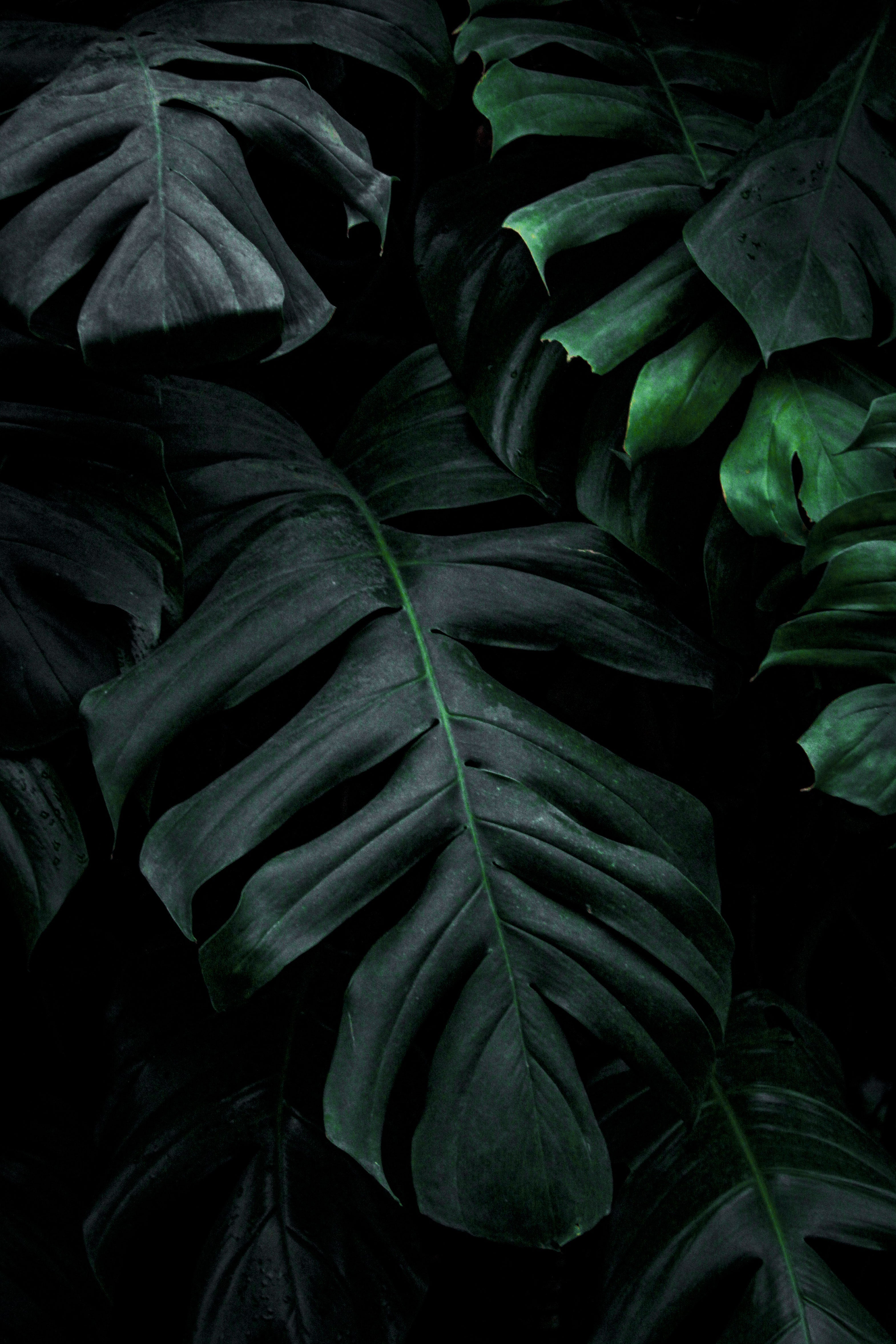
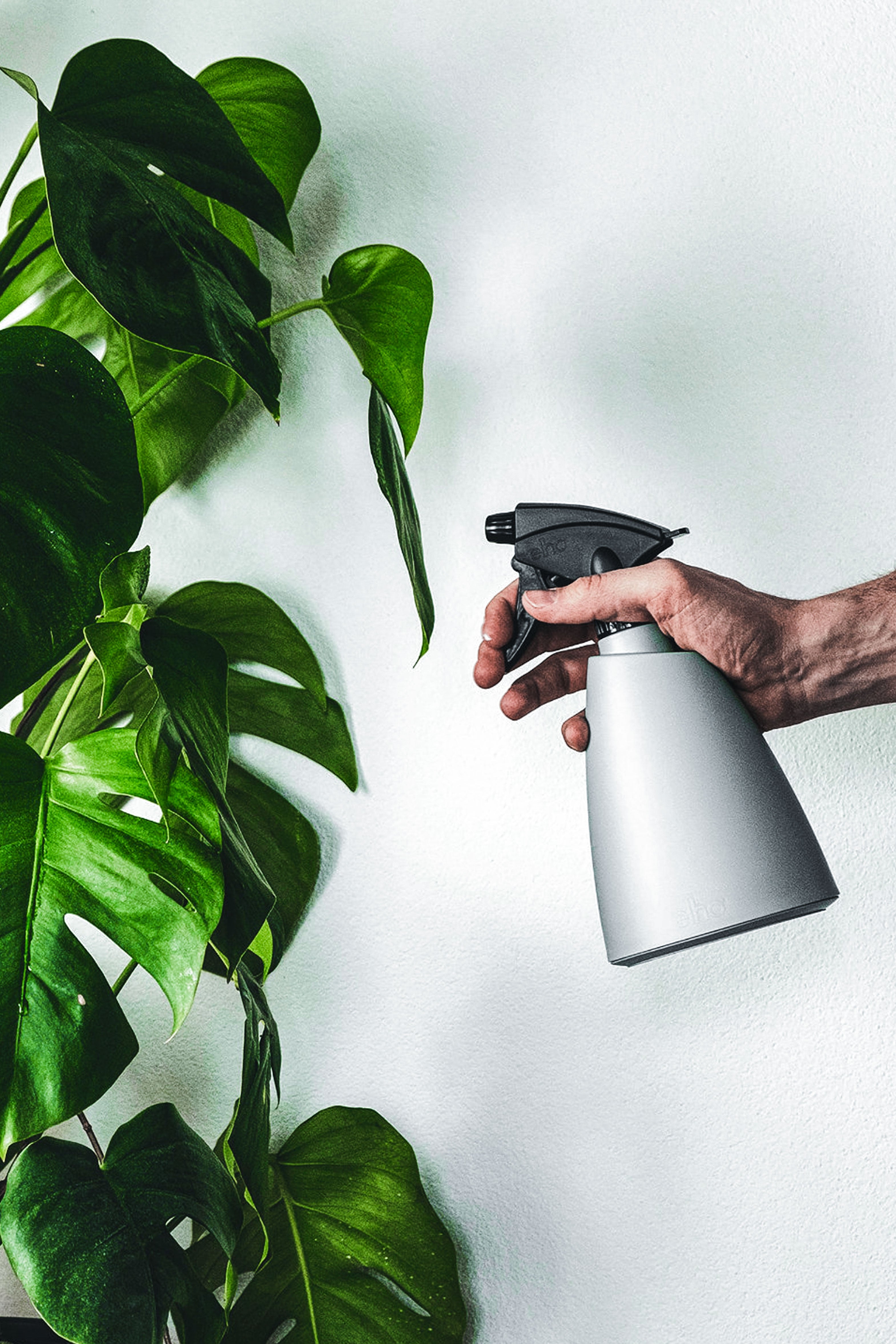
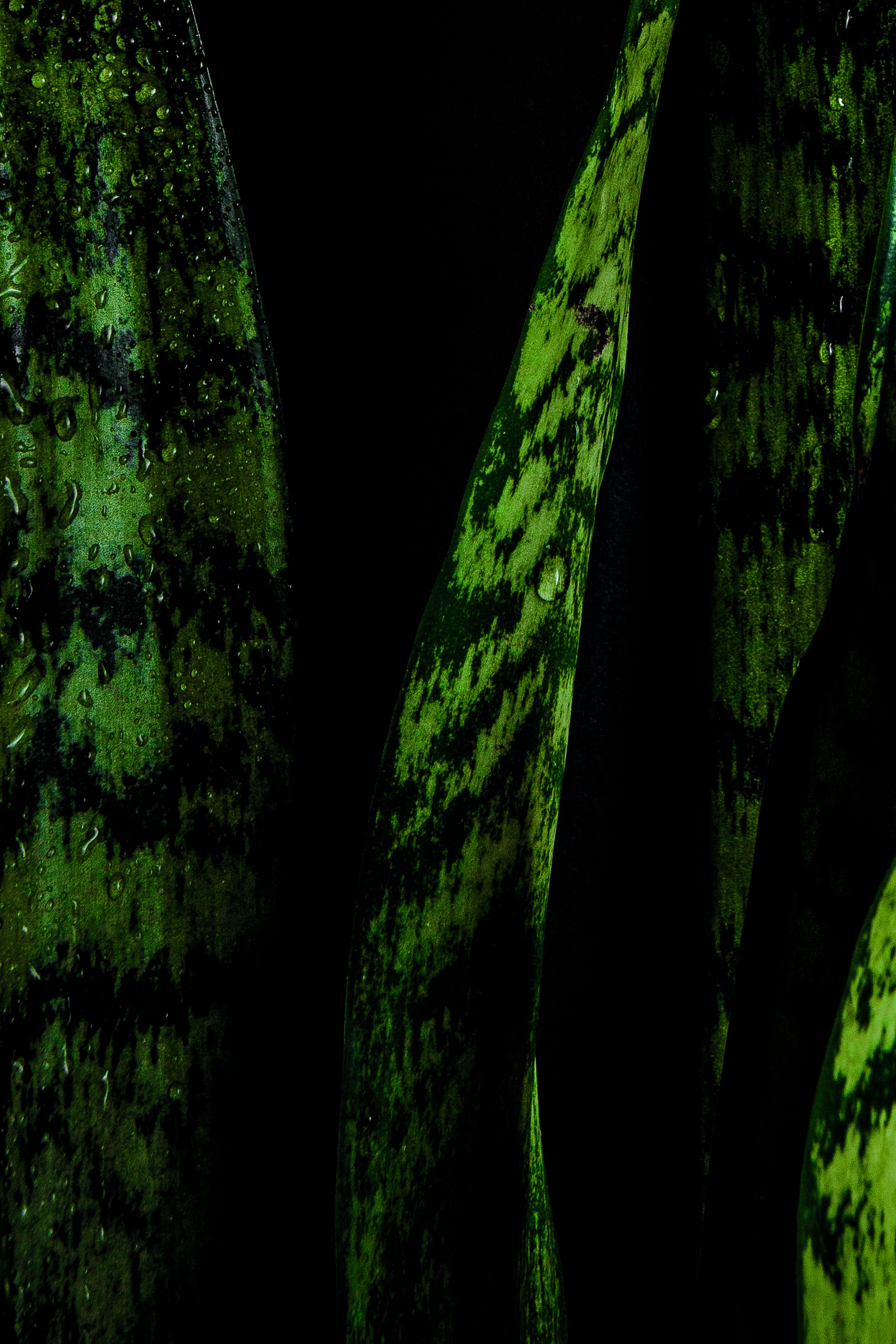
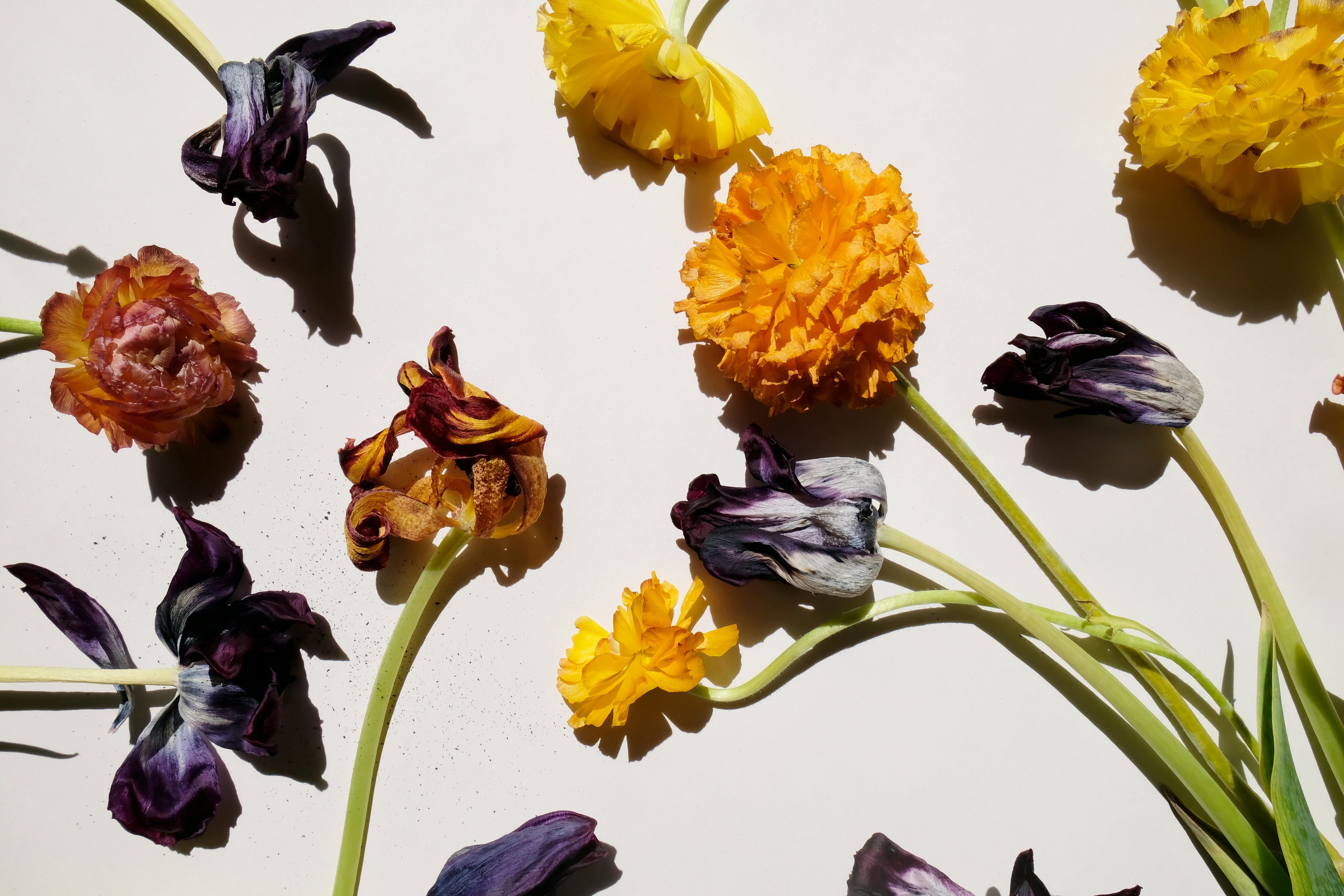
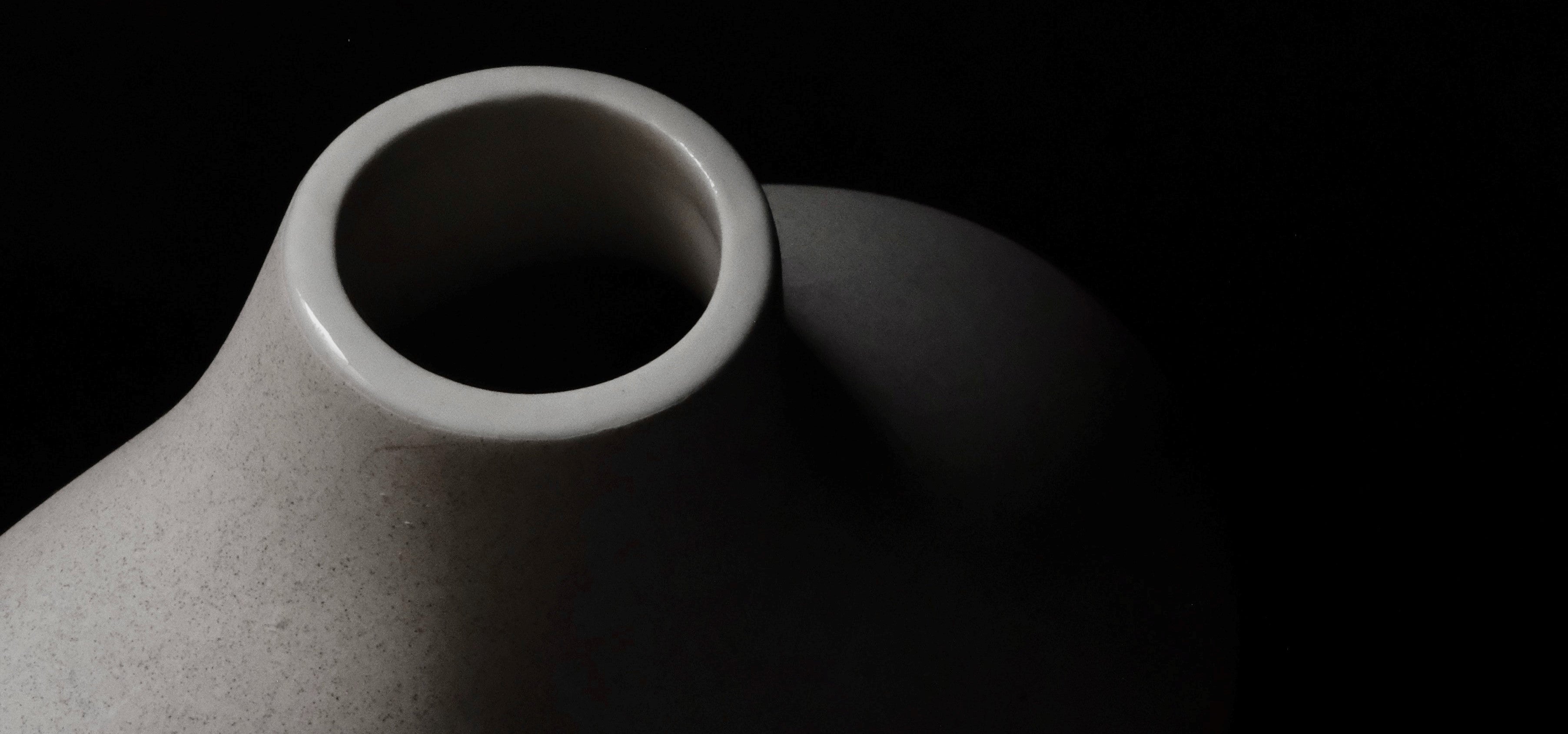

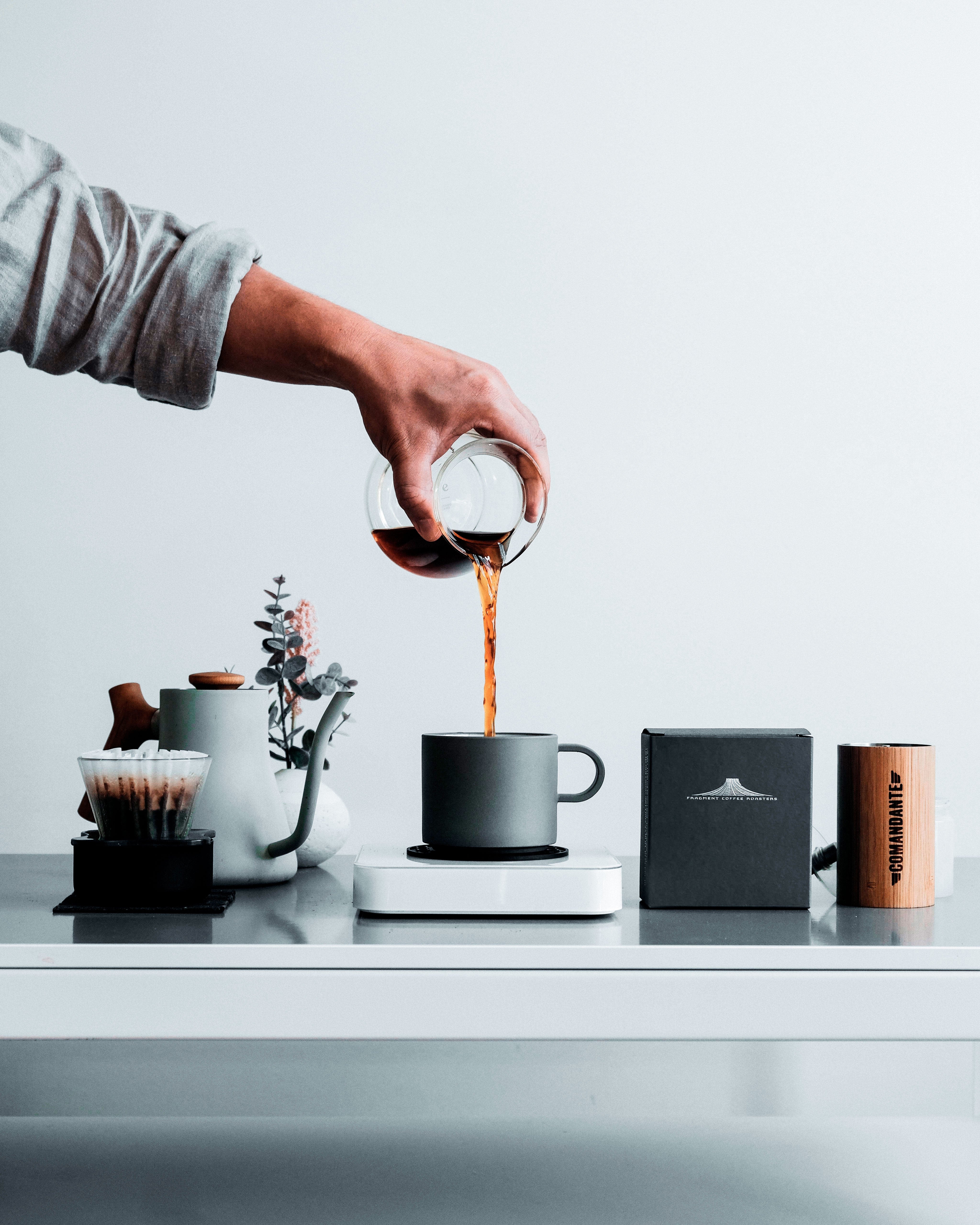
Leave a comment